In the daily development process, there are often some bool type data that need to be accessed. For example, if you record the number of times a user has checked in within a year, the number of times a user has checked in is 1, and the number of times a user has not signed is 0. If key-value is used for storage, each user will be recorded 365 times. When there are hundreds of millions of users, the storage space required will be very huge. To solve this problem, you can use bitmaps in redis.
Bitmap (bitmap) also belongs to the string data type. A string type value in Redis can store up to 512 MB of content. Each string is composed of multiple bytes, and each byte is composed of 8 Bits. The bitmap structure uses "bits" to achieve storage. It achieves the purpose of data access by setting bits to 0 or 1, which greatly increases the number of value storage, and its storage upper limit is 2^32.
A bitmap is essentially an ordinary byte string, that is, a bytes array. This bitmap array can be processed by using the getbit/setbit command, and its structure is as follows:

Bitmaps are usually used for some specific applications, such as tracking user check-ins or logins frequency. The above picture shows the number of check-ins a user has come to the website within 10 days. 1 represents a sign-in and 0 represents a non-check-in. This way, the user's activity level can be easily counted. Using a bitmap to record each record only occupies one bit, which greatly reduces the memory space usage compared to using strings directly.
Redis officials also conducted an experiment. They simulated a system with 128 million users, and then used Redis bitmaps to count the "average number of daily users". The final time spent was approximately is 50ms and only takes up 16 MB of memory.
Bitmap application principle
If string type storage is used, a website must record a user's check-in record for one year, then 365 key-value pairs are required. If bitmap storage is used, 1 is stored when the user signs in, otherwise 0 is stored. In the end, a storage result like 00010101... will be generated, in which each day's record only occupies one bit, and one year is 365 bits, which is about 46 bytes. If you only want to count the number of days that users have signed in, then count the number of 1.
The advantage of bitmap operations is that compared to strings, it is not only highly efficient, but also very space-saving.
The bit array of Redis is automatically expanded. If an offset position is set beyond the existing content range, the bit array will be automatically expanded.
Common bitmap commands
1) SETBIT command
is used to set or clear the value of a certain bit, and its return value is the value stored in the original bit. In the initial state, all bits of key are 0. The example is as follows:
SETBIT key offset value
where offset represents the offset, starting from 0. Examples are as follows:
127.0.0.1:6379> SET user:1 a OK #设置偏移量offset为0 127.0.0.1:6379> SETBIT user:1 0 1 (integer) 0 #当对应位的字符是不可打印字符,redis会以16进制形式显示 127.0.0.1:6379> GET user:1 "\xe1"
2) GETBIT command
is used to get the value of a certain bit. Examples are as follows:
127.0.0.1:6379> GETBIT user:1 0 (integer) 1
When the offset offset is greater than the length of the string, or when the key does not exist, 0 is returned.
redis> EXISTS bits (integer) 0 redis> GETBIT bits 100000 (integer) 0
3) The BITCOUNT command
counts the number of values that are 1 in the specified position interval. The syntax format is as follows:
BITCOUNT key [start end]
The example is as follows:
127.0.0.1:6379> BITCOUNT user:1 (integer) 8
Just specify the start and end parameters to count only specific bytes. The start and end parameters are similar to the parameters of the GETRANGE command. Negative numbers can be used. For example, -1 represents the first digit from the last, and -2 represents the second digit from the last. .
4) Redis Bitop command
Perform bit operations on one or more string keys that store binary bits, and save the results to destkey
The operation can It is any one of the four types: AND, OR, NOT, The result is saved to destkey.
BITOP OR destkey key [key …] , perform logical OR on one or more keys, and save the result to - destkey .
BITOP XOR destkey key [key …], perform logical XOR on one or more keys, and save the result to destkey.
BITOP NOT destkey key, perform logical negation on the given key and save the result to destkey.
Except for NOT operations, other operations can accept one or more keys as input.
Scenario
Statistics on active users for the day
Daily active statistics create a bitmap key, and when the user is active, set the
corresponding one based on the offset of the user id The bit is 1User sign-in
Each user creates a bitmap key, based on a certain day, and the number of subsequent days from this day is the offset,
The above is the detailed content of How to use Bitmap in Redis. For more information, please follow other related articles on the PHP Chinese website!
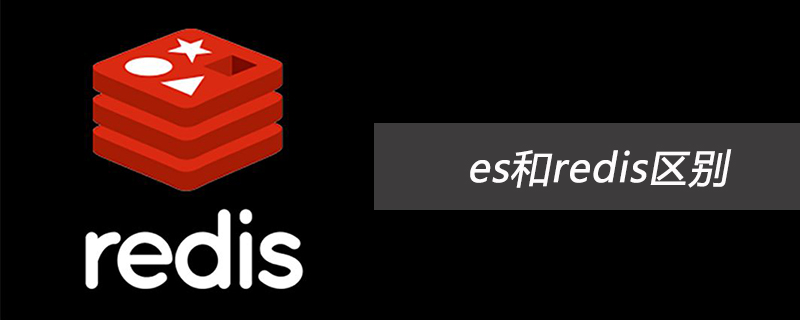 es和redis区别Jul 06, 2019 pm 01:45 PM
es和redis区别Jul 06, 2019 pm 01:45 PMRedis是现在最热门的key-value数据库,Redis的最大特点是key-value存储所带来的简单和高性能;相较于MongoDB和Redis,晚一年发布的ES可能知名度要低一些,ES的特点是搜索,ES是围绕搜索设计的。
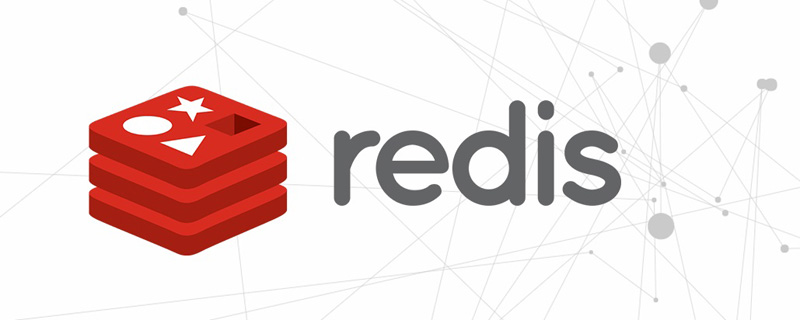 一起来聊聊Redis有什么优势和特点May 16, 2022 pm 06:04 PM
一起来聊聊Redis有什么优势和特点May 16, 2022 pm 06:04 PM本篇文章给大家带来了关于redis的相关知识,其中主要介绍了关于redis的一些优势和特点,Redis 是一个开源的使用ANSI C语言编写、遵守 BSD 协议、支持网络、可基于内存、分布式存储数据库,下面一起来看一下,希望对大家有帮助。
 实例详解Redis Cluster集群收缩主从节点Apr 21, 2022 pm 06:23 PM
实例详解Redis Cluster集群收缩主从节点Apr 21, 2022 pm 06:23 PM本篇文章给大家带来了关于redis的相关知识,其中主要介绍了Redis Cluster集群收缩主从节点的相关问题,包括了Cluster集群收缩概念、将6390主节点从集群中收缩、验证数据迁移过程是否导致数据异常等,希望对大家有帮助。
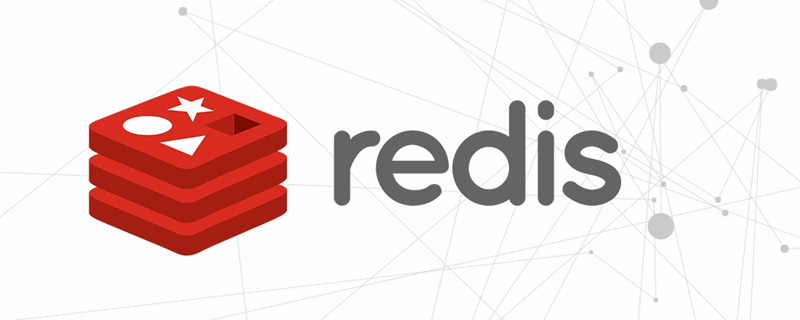 Redis实现排行榜及相同积分按时间排序功能的实现Aug 22, 2022 pm 05:51 PM
Redis实现排行榜及相同积分按时间排序功能的实现Aug 22, 2022 pm 05:51 PM本篇文章给大家带来了关于redis的相关知识,其中主要介绍了Redis实现排行榜及相同积分按时间排序,本文通过实例代码给大家介绍的非常详细,对大家的学习或工作具有一定的参考借鉴价值,希望对大家有帮助。
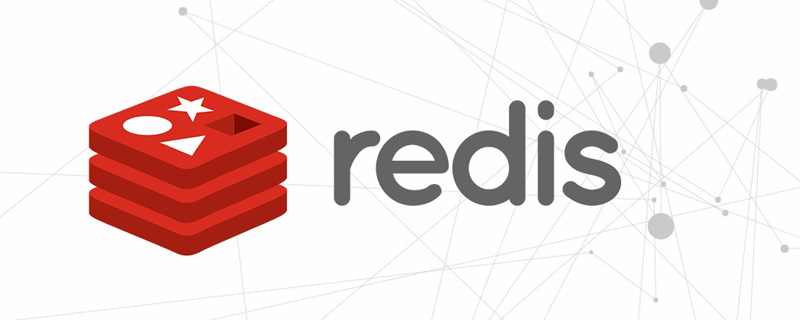 详细解析Redis中命令的原子性Jun 01, 2022 am 11:58 AM
详细解析Redis中命令的原子性Jun 01, 2022 am 11:58 AM本篇文章给大家带来了关于redis的相关知识,其中主要介绍了关于原子操作中命令原子性的相关问题,包括了处理并发的方案、编程模型、多IO线程以及单命令的相关内容,下面一起看一下,希望对大家有帮助。
 实例详解Redis实现排行榜及相同积分按时间排序功能的实现Aug 26, 2022 pm 02:09 PM
实例详解Redis实现排行榜及相同积分按时间排序功能的实现Aug 26, 2022 pm 02:09 PM本篇文章给大家带来了关于redis的相关知识,其中主要介绍了Redis实现排行榜及相同积分按时间排序,本文通过实例代码给大家介绍的非常详细,下面一起来看一下,希望对大家有帮助。
 一文搞懂redis的bitmapApr 27, 2022 pm 07:48 PM
一文搞懂redis的bitmapApr 27, 2022 pm 07:48 PM本篇文章给大家带来了关于redis的相关知识,其中主要介绍了bitmap问题,Redis 为我们提供了位图这一数据结构,位图数据结构其实并不是一个全新的玩意,我们可以简单的认为就是个数组,只是里面的内容只能为0或1而已,希望对大家有帮助。
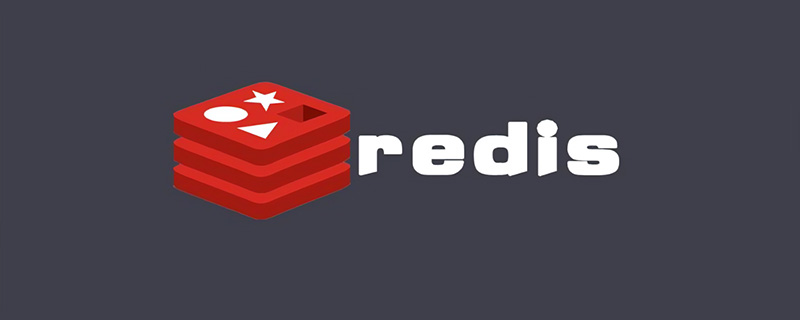 一起聊聊Redis实现秒杀的问题May 27, 2022 am 11:40 AM
一起聊聊Redis实现秒杀的问题May 27, 2022 am 11:40 AM本篇文章给大家带来了关于redis的相关知识,其中主要介绍了关于实现秒杀的相关内容,包括了秒杀逻辑、存在的链接超时、超卖和库存遗留的问题,下面一起来看一下,希望对大家有帮助。


Hot AI Tools

Undresser.AI Undress
AI-powered app for creating realistic nude photos

AI Clothes Remover
Online AI tool for removing clothes from photos.

Undress AI Tool
Undress images for free

Clothoff.io
AI clothes remover

AI Hentai Generator
Generate AI Hentai for free.

Hot Article

Hot Tools

SublimeText3 Linux new version
SublimeText3 Linux latest version

SublimeText3 Chinese version
Chinese version, very easy to use

EditPlus Chinese cracked version
Small size, syntax highlighting, does not support code prompt function

WebStorm Mac version
Useful JavaScript development tools

Notepad++7.3.1
Easy-to-use and free code editor







